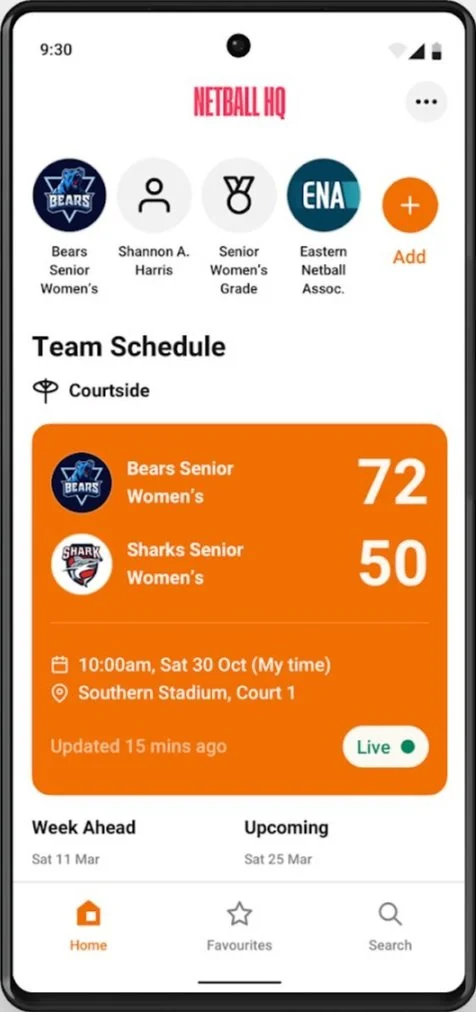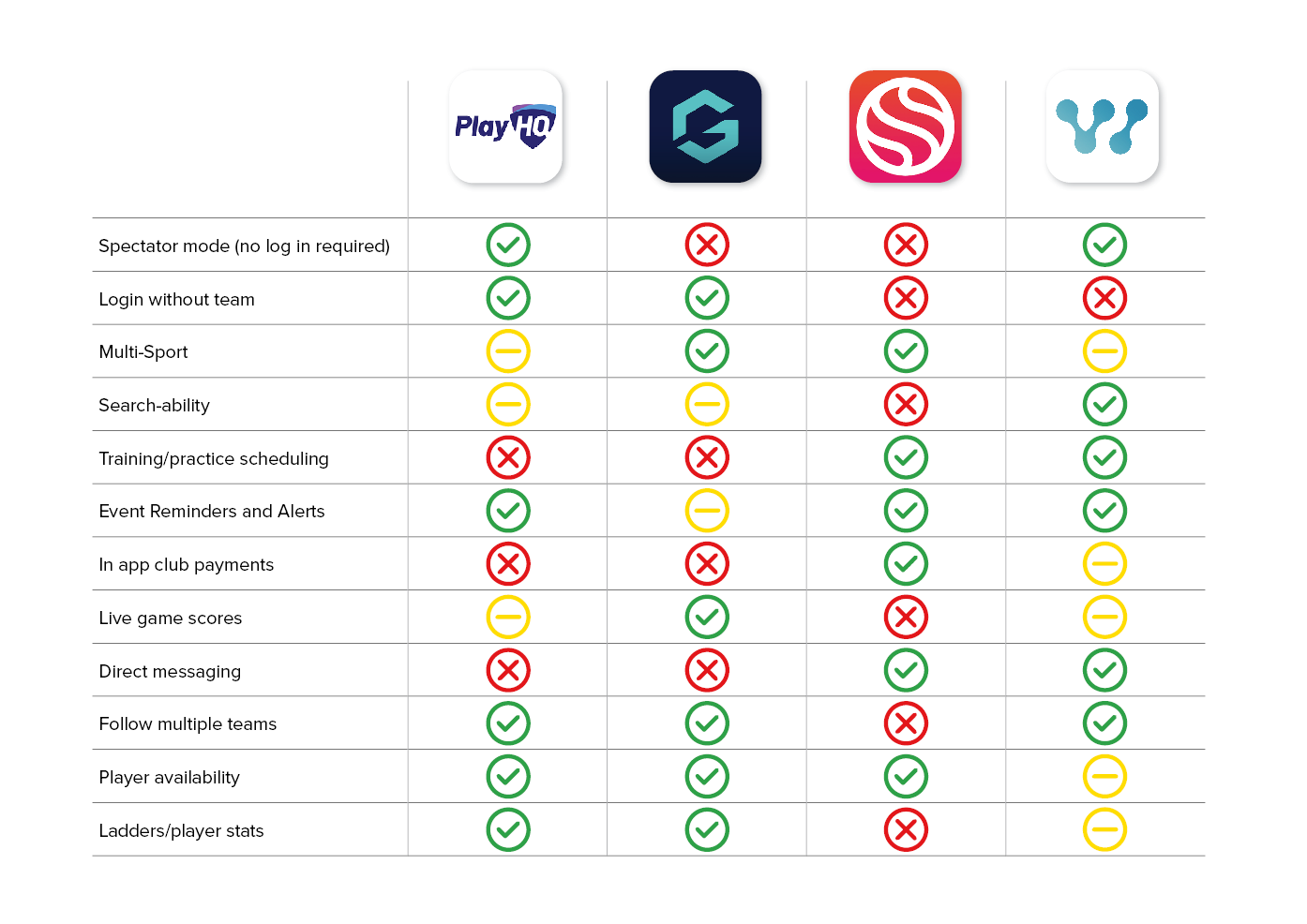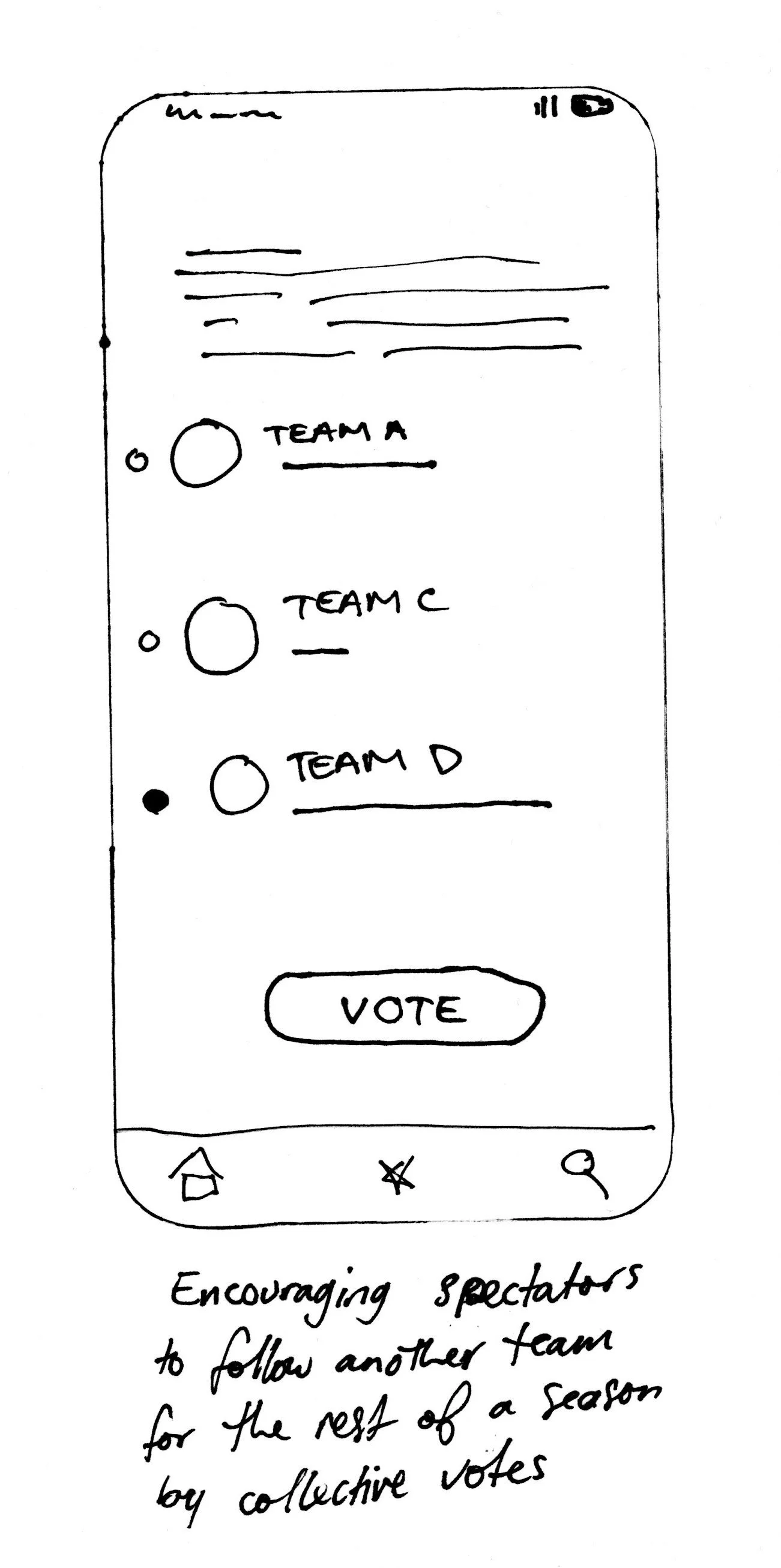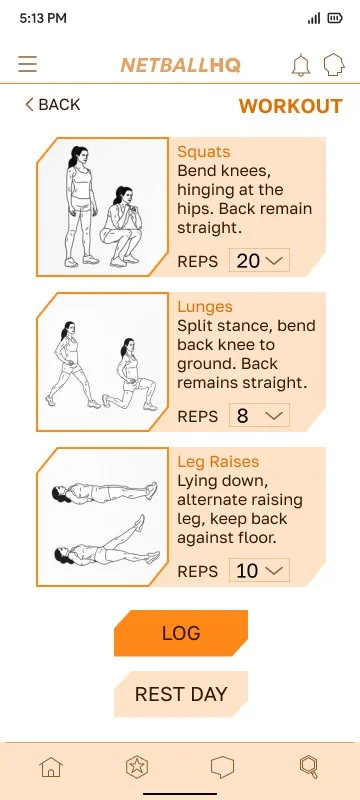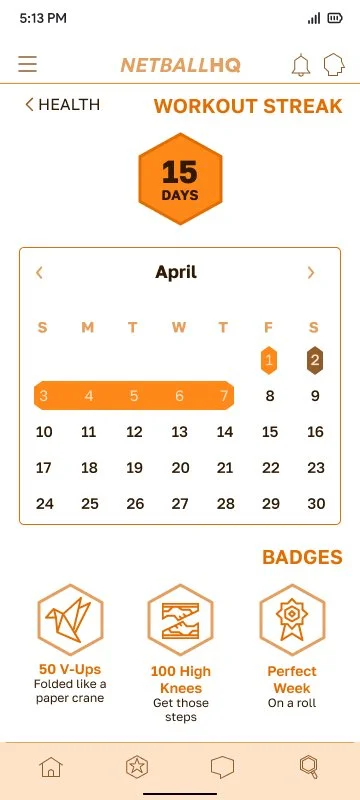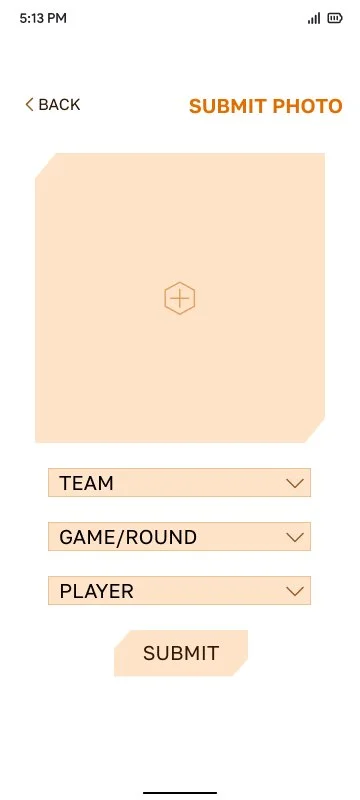
UX Solutions for Engagement & Retention
My Role
Solo UX Researcher and UI Designer, contract facilitated by Harness Projects.
Client
PlayHQ is an Australian sports management technology platform that provides sporting codes with an integrated system that covers the administration tasks of registrations, scheduling, fixture management, scoring, and communication among stakeholders. Their clients include AFL, Cricket Australia, and Netball Australia. Their products are designed for players and their parents, as well as coaches and administrators at all levels of competition.
Brief
PlayHQ was looking to increase their average of active authenticated users through the development of app features which would encourage users to log in between games and during the off season. They identified shareable content and healthy gamification as a desired research direction.
Solution
I proposed a range of additions for increasing engagement as well as solving user pain points identified during the research phase. Suggestions targeted different types of users while keeping the safety of younger users in mind.
• A photo feed, where fans submit their game day photos, and teams curate what is displayed
• Daily exercises with a workout streak feature to encourage year round app usage
• Notification feed, a one way communication channel from teams to players
• Dynamic and customisable stat block generation for sharing
Timeline
9 weeks
Results
Research and prototype were presented to Glyn Telford, Product Manager for Retention and Adam Harris, Product Design Specialist from PlayHQ. Their feedback was overwhelmingly positive, specifically commending the scope of the proposed features and how different types of users and engagement styles were considered in the design. They also praised the balanced approach to features with user interactions that always placed safety at the forefront given the age of the user base. The demonstration of how my research informed my design choices even for small scale suggestions was also complimented.
Competitor Analysis
Discover stage
Insights
PlayHQ is unique in offering users the ability to follow individual players as well as teams, referred to as favourites. This feature could be further improved through location based suggestions for new users.
Search functionality is a pain point for users across the whole sector, and PlayHQ could improve theirs by offering autofill.
Live Scoring is important to users who are spectators, a largely overlooked user base in the sector. Reliability of this data is a pain point.
The market doesn’t utilise much gamification so this is an area of opportunity for the client.
PlayHQ offers a unique app for each sport, tailored to their rules and scoring, but using the same app features and layout across the suite. NetballHQ was selected as the representative app in this project to streamline research.
In order to understand what PlayHQ was doing well and where there were opportunities to stand out, competitor analysis was conducted. The other applications assessed were Gameday, Spond, and Netball Connect (a World Action Sports app). Analysis included a basic heuristic evaluation of the apps, an appraisal of the app reviews and an evaluation of the claims made on the associated websites.
User Interviews
Discover Stage
Two interviews were conducted with players of teams sports, covering questions about how they communicate with their teams, how they interact with their sport between games or in the off season, how they find teams to join and what content do they like to know or share about their games. It also included questions about how they interact with team sports as a spectator or fan. One participant was a casual player, focused on the social and health aspects, while the other was a multi sport athlete who has played at Nationals level.
Insights
Communications can be a major pain point with players, especially regarding last minute schedule changes.
Being able to access player and team stats becomes more important as the player competition level increases.
Playing sport is integrated into an overall health and wellness routine, but sports apps rarely support this reality.
We did use Facebook for if there were wet weather updates for training, since Dribl doesn’t cover training... the message will flow on through the team captain to the rest of us.
There are very last minute cancellations or forfeits which we will find out after driving 40 min and getting to the field, only to find out that they forfeited 2 days before.
We speak a lot about our own statistics...but if I can know the people that I’m up against, and I can know some of their statistics...I feel like I can prepare my own gameplay according to that. So that’s something I will go out of my way and do myself.
We get our training schedule for the week... we will also receive our gym program the same day through another app. It would be so much easier if they were combined.
When in the off season, I think about, how can I improve? Like training programs, self improvement. That would be interesting to me.
The Player
Core Needs
• Access to team schedule in advance and timely updates when it changes.
• Being aware of any travel commitments or arrangements required to reach a game.
• Knowing opposition team lineup before game day.
Behaviours
• Using multiple apps to keep track of schedules and communications with team.
• Regularly reviewing team stats and league ladders.
• Participating in sport for both social and health aspects.
The Fan
Core Needs
• Accurate live scoring during games.
• Ability to stay up to date with statistics on players and teams they follow.
• Having avenues to connect to their favourite teams.
Behaviours
• Checking scores and ladders multiple times across a weekend.
• Attending or watching matches.
• Discussing aspects of a game with other fans.
Archetypes
Define stage
From the interviews, I developed two user archetypes to guide the direction of solutions. This ensured that my designs considered a wider range of user cases, especially as fans were often left behind in the designs of competitor apps.
How might we…?
Define stage
In order to link these needs of access to information, connection, and statistics to the client objectives, I developed the following statements to guide the design direction.
How might we consolidate important information for Players in one location?
How might we offer Fans the ability to interact directly with their favourite teams in a way that requires them to be authenticated and logged in users?
How might we boost both Player and Fan engagement with the app through the novel presentation of statistics?
How might we support a Player’s health goals in a way that encourages app use between game days?
Sketches
Develop stage
I started the design process with sketching a variety of ideas tied to solving the HMW statements above. This produced many more features than was possible to prototype in the timeframe of the project. Focus was given on providing as wide a scope as possible for different types of users.
The app architecture was loosely mapped out in this stage to assist in time management, giving an overview of the number of screens to create and the types of interactions to consider.
Proposed Features
Deliver Stage
Photo Feed
Gives fans the opportunity to submit their game photos to teams and players, making them feel more involved in the sports they spectate and support.
Implementation
Given the age of some uses, some safeguards are required for this feature. Photos should be automatically screened for appropriateness, and Teams/Players must approve the photo they are tagged in for it to be made public. Photos can be reacted to but not commented on to mitigate potentially unsavoury user interactions.
Additionally, Fans must be logged in to upload, and can only tag Teams or Players that they favourite. This lets the Fan to be credited for published photos, and allows an exciting but safe connection to build between Teams and Fans.
Target
Aims to fulfil the brief requirement for increasing authenticated users by providing a strong reason for fans to log in, while also creating an entertaining section of the app for all users.
Notifications & Chats
Collects all important information into one easy to find place for Players and keeps it separated from general chat within one app.
Implementation
Messaging features that allow for one-on-one or group chats for Players. Communication channels limited to teammates only, avoiding taunting or harassment of opposition Players. Not a feature available to Fans.
A notification feed for important updates as a one way communication stream from a Team to its Players. Notifications can be reacted to but not commented on, limiting clutter.
Target
Aims to solve a user identified pain point around timely team updates and multiple apps used for communication channels.
Daily Workouts
Adds a health and self improvement aspect to the app for Players, allowing them to stay in shape between games.
Implementation
Exercises would all be body-weight only (no equipment), making them accessible for as many users as possible. Three exercises would be selected at random for the day from a library of movements. This could be further tailored to the specific sport the app is for.
Daily app usage would be encouraged by tracking completed workouts, with the inclusion of a Rest Day function similar to Duolingo’s streak freeze feature. Badges could be earned for completing certain criteria. Feature could be made competitive through sharing a Player’s streak details to their teammates and/or Fans.
Targets
Aims to fulfil the brief requirement for including gamification in a healthy way that promotes daily app engagement.
Stat Block Generator
Provides Fans and Players with a tool to generate information for comparison and sharing at different detail levels.
Implementation
Users would be able to select Teams
or Players to compare, limiting the feature to their favourites list. Feature allows for a lot of different parameters to be included and can be tailored to each sporting code.
The block colours would be determined
by the Teams or Players selected, pulling this information from their profiles. When sharing, the user will have different platforms and size options to generate the block for.
Targets
Aims to fulfil the brief requirement for content sharing while allowing users to share different amounts of detail with different social groups.
Final Prototype
Deliver stage
The final prototype made in Figma can be found below. The aesthetics are based on the existing PlayHQ app, NetballHQ, keeping the original colour scheme but expanding into a stronger visual system for the icons and components.
The next steps for this project would include the implementation and usability testing of some smaller recommendations such as search bar autofill and location based team suggestions. Following that, the notification feed is the simplest of my proposals to integrate into the existing app.

